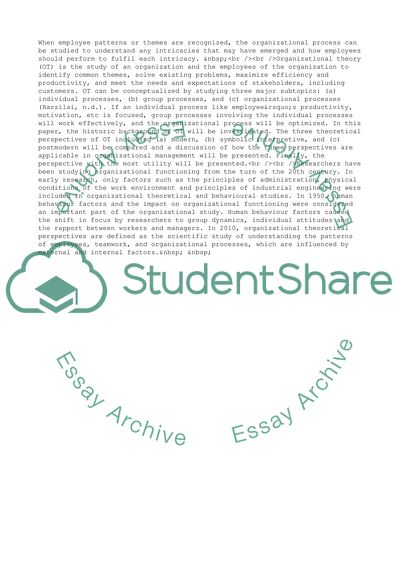Cite this document
(Principles of Organization Theory and Practice Case Study, n.d.)
Principles of Organization Theory and Practice Case Study. https://studentshare.org/management/1744563-principles-of-organization-theory-and-practice
Principles of Organization Theory and Practice Case Study. https://studentshare.org/management/1744563-principles-of-organization-theory-and-practice
(Principles of Organization Theory and Practice Case Study)
Principles of Organization Theory and Practice Case Study. https://studentshare.org/management/1744563-principles-of-organization-theory-and-practice.
Principles of Organization Theory and Practice Case Study. https://studentshare.org/management/1744563-principles-of-organization-theory-and-practice.
“Principles of Organization Theory and Practice Case Study”. https://studentshare.org/management/1744563-principles-of-organization-theory-and-practice.


